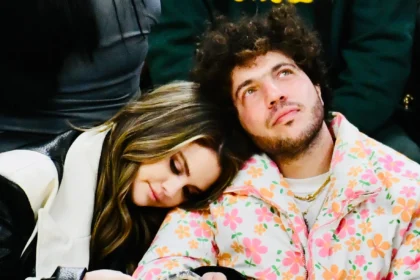In a recent premiere of The Crown’s initial four episodes, the focus turned to the heart-wrenching events surrounding the tragic car crash that claimed the lives of Princess Diana and Dodi Fayed in August 1997.
The concluding episode of Season 6, Part 1, titled “Aftermath,” unfolds a controversial depiction of Queen Elizabeth II, portrayed by Imelda Staunton, responding to the death of Princess Diana. The narrative captures the royal family’s apparent reluctance to publicly mourn Diana’s passing, spotlighting the Queen’s five-day stay at Balmoral Castle in Scotland after receiving the devastating news.
A pivotal scene unfolds between Queen Elizabeth and Prince Charles, portrayed by Dominic West, as they discuss the prospect of issuing a public statement. The Queen dismisses the idea, branding it as “theater, spectacle, exhibitionism.”
In a particularly poignant moment, an imagined version of Diana, portrayed by Elizabeth Debicki, makes an appearance. This prompts a bitter comment from the Queen, expressing, “I hope you’re happy now. You’ve finally succeeded in turning me and this house upside down.” To this, the late princess responds, “That was never my intention.”
However, it is essential to note that this dramatized portrayal in ‘The Crown’ diverges from historical accounts. Reports from reality suggest that the Queen adhered to protocol by refraining from making public statements, driven by a desire to shield her grandsons, Prince William and Prince Harry, who were 15 and 12 years old at the time.
As the latest season unfolds, the controversial narrative surrounding the royal response to Princess Diana’s tragic demise adds another layer to the ongoing discussions about the intersection of history, dramatization, and public perception in popular television series. ‘The Crown’ continues to spark conversations and debates as it navigates the delicate balance between entertainment and historical accuracy.




